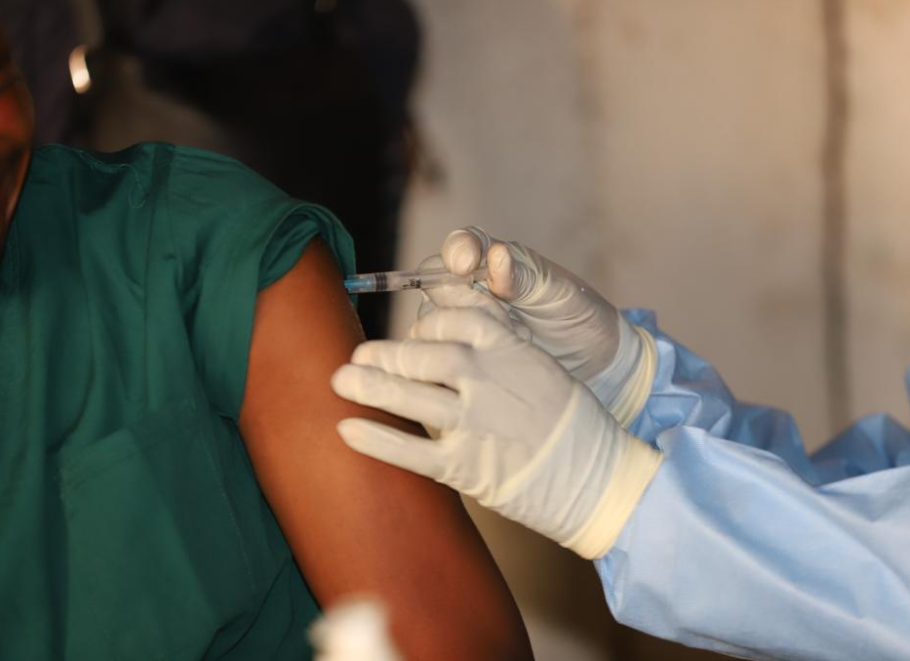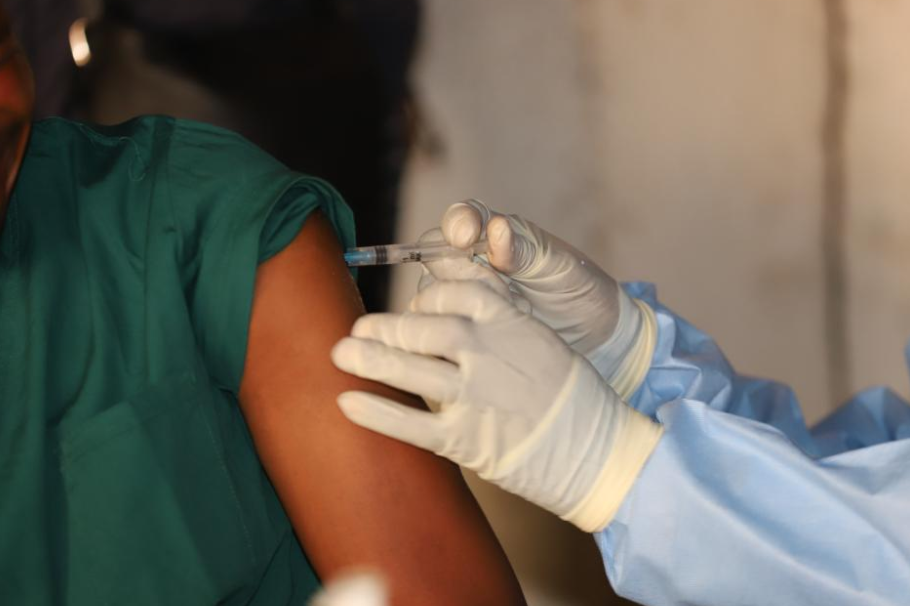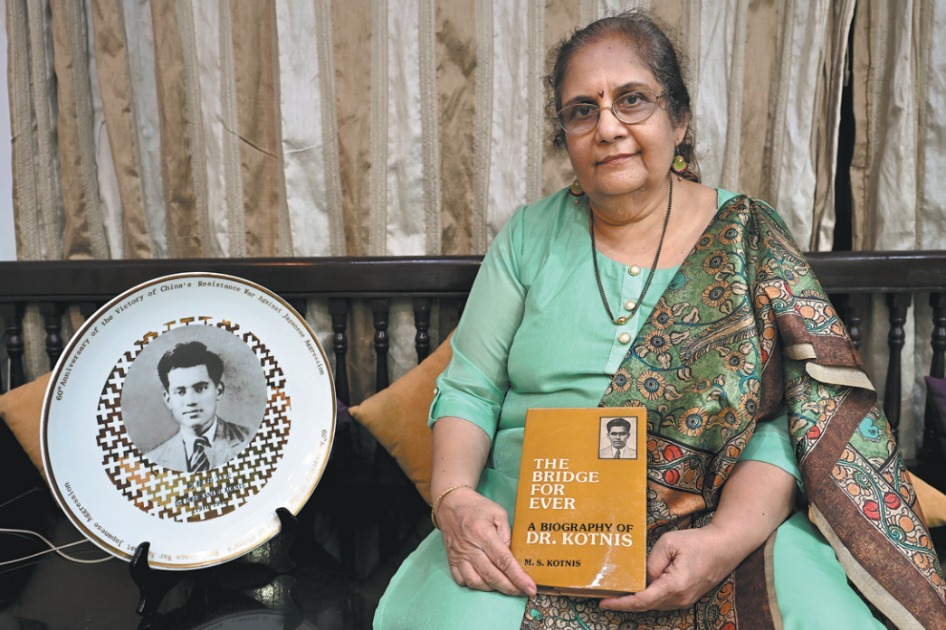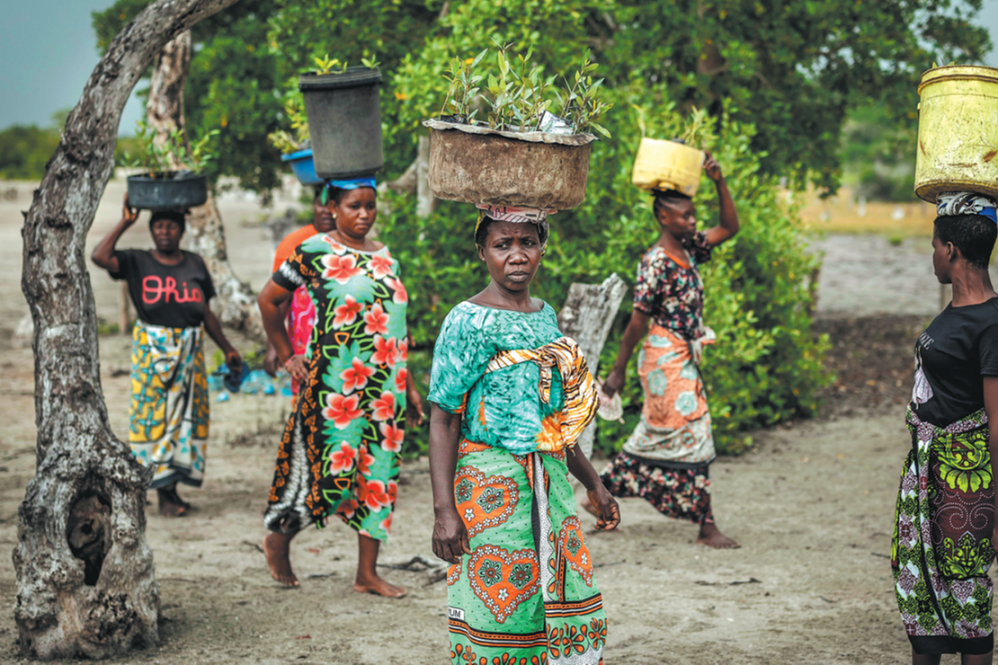Ebola vaccination underway in DR Congo amid 16th outbreak; WHO warns of tough fight


KINSHASA - The World Health Organization (WHO) has said Ebola vaccination is underway in Kasai Province in the Democratic Republic of the Congo (DRC), as the country battles its 16th outbreak since 1976 amid warnings of a challenging fight to contain it.
According to a WHO statement on Sunday, the ongoing phase of vaccination targets frontline health workers and the contacts of confirmed cases. The initial batch of 400 doses of the Ervebo vaccine, effective against the Zaire ebolavirus species behind the current outbreak, has already arrived in Bulape, described as the epicenter of the outbreak. An additional 45,000 doses are expected to reach the country in the coming days.
On Sept 4, the DRC government confirmed a new Ebola outbreak in Kasai Province, marking the country's 16th outbreak since 1976. The WHO recalled that the same region experienced Ebola outbreaks in 2007 and 2008.
"This worries us to the highest degree," said Jean Kaseya, director-general of the Africa Centers for Disease Control and Prevention (Africa CDC), in an interview with French media TV5 Monde on Sept 5.
Kaseya said the current outbreak is caused by the Zaire strain, which he described as "the most virulent and the most lethal". He also noted the heightened risk of cross-border spread given Kasai's proximity to national frontiers.
Ngashi Ngongo, principal advisor to the director general of the Africa CDC, told an online briefing on Sept 11 that 68 suspected cases had been reported, including 20 confirmed and 16 deaths.
He said suspected cases have now spread to four health zones, compared with only two at the onset. "It was two, now it is four," Ngongo said, calling the epidemic "a major threat to national health systems".
He added that Bulape borders Sankuru Province, where the already fragile health infrastructure could exacerbate risks.
Whole genome sequencing results suggest that the outbreak is a new zoonotic spillover event, not directly linked to the outbreaks in the same region in 2007 and 2008, said Ngongo.
The epicenter of the outbreak is located near Tshikapa, the capital of Kasai Province, about 100 to 200 km from the Angolan border. The outbreak is currently affecting a remote rural district, though frequent population movements between Bulape and Tshikapa increase the risk of wider spread.
Patrick Otim, a WHO Regional Office for Africa official, told reporters in Geneva, Switzerland, on Sept 12 that confirmed cases had risen to 25, with new cases detected up to 70 km from Bulape, raising concerns about wider spread.
He said the outbreak could still be brought under control if appropriate measures are taken within the next two weeks, while warning that such a goal is "possible but could be difficult".
Epidemiological investigations are ongoing, with transmission chains and the source of infection yet to be identified. The WHO currently assesses the public health risk as high at the national level, moderate at the regional level, and low at the global level.
The DRC last declared the end of an Ebola outbreak in September 2022, after one case was confirmed in the eastern province of North Kivu. Testing showed that the case was genetically linked to the 2018-2020 outbreak in North Kivu and Ituri provinces, which killed nearly 2,300 people.
Ebola first occurred in 1976 in two simultaneous outbreaks: one was of Sudan virus disease in Nzara in what is now South Sudan, and the other was of Ebola virus disease in Yambuku, in what is now the DRC, then known as Zaire. The latter occurred in a village near the Ebola River, from which the disease takes its name, according to the WHO.
Ebola is a highly contagious hemorrhagic fever that causes a range of symptoms such as fever, vomiting, diarrhea, generalized pain, or malaise, and in many cases, internal and external bleeding.

































